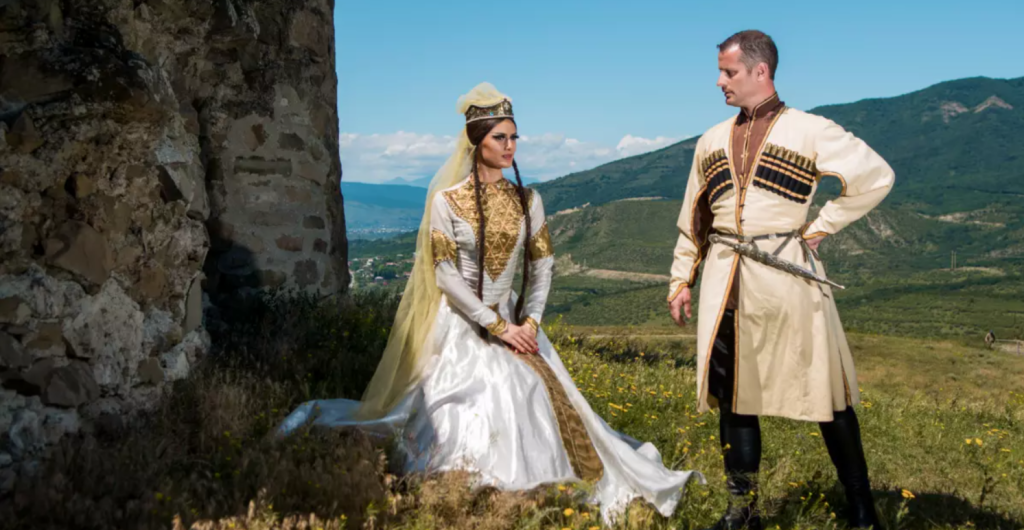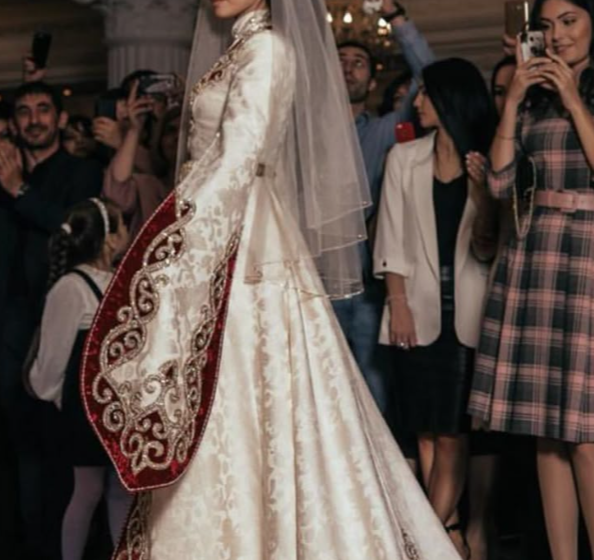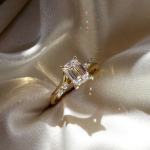The allure of a georgian wedding dress lies in its captivating blend of opulent fabrics, refined silhouettes, and graceful embellishments that defined British bridal fashion during the late 18th century. Despite centuries passing, the elegance and charm of Georgian-era gowns continue to influence modern wedding attire, especially among brides in the UK seeking a historic yet timeless look. This article explores the cultural backdrop of the Georgian period, the hallmarks of authentic Georgian wedding gowns, and how today’s designers are reinventing these classic styles for contemporary brides.
The Georgian Era: A Cultural and Fashion Overview
Social and Historical Context
Spanning from roughly 1714 to 1830, the Georgian era took its name from the reigns of Kings George I through George IV. This period stands out as an age of transformation in British society—social stratification still existed, but the burgeoning middle class gained influence. Shifts in cultural attitudes also impacted clothing choices; the elites desired luxurious fabrics and fitted garments, reflecting status and refinement.
Women’s fashion during this era underwent constant evolution, with waistlines gradually lowering and silhouettes broadening. While the earlier part of the 18th century featured the grand pannier and voluminous skirts, styles closer to the Regency period were more subdued and natural in form. This breadth of change ultimately contributed to a distinct Georgian wedding aesthetic that combined structured grandeur with emerging simplicity.
Key Fashion Influences of the Georgian Period
- French Court Style: French haute couture bly influenced British fashion, especially in the use of lace, silk brocades, and embroidery.\n2. Rise of Individual Tailors: Independent seamstresses and tailors formed a flourishing trade, encouraging more specialized, custom-fit garments.\n3. Technological Advances: The spinning jenny and improvements in textile mills made fabrics like cotton more affordable, expanding fabric choices for middle-class brides.\n4. Cultural Exchange: Trade routes introduced new materials and embellishments, from Indian muslins to exotic dyes, fueling creativity in wedding dress design.
Defining the Georgian Wedding Dress

Silhouettes, Fabrics, and Cuts
Silhouettes: Georgian wedding gowns often featured structured bodices and wide skirts. In the earlier Georgian era, panniers extended the skirt horizontally, creating an iconic silhouette. Towards the close of the period, silhouettes narrowed, aligning more with the Regency aesthetic.
Fabrics: Silk, satin, and fine cotton were the go-to materials. Silk taffeta was especially prized for its lustrous finish and ability to hold structured shapes.
Cuts: Many dresses included a low, square neckline and snug bodices, emphasizing the waist. Ruching, pleats, and other decorative folds were standard details, contributing further visual interest.
Ornamentation and Embroidery
Georgian embroidery could be extravagant, showcasing floral patterns or symbolic motifs. Metallic threads, beads, and delicate lace layered richness onto the gown without overshadowing its silhouette. This adornment also signified wealth and status, meaning that the more elaborate the embroidery, the more privileged the bride likely was.
Color Palettes and Symbolism
Despite modern assumptions, white wedding gowns only became dominant after Queen Victoria’s wedding in 1840. Before that, brides commonly wore other colors, such as silver, pale blue, or pastel shades. For instance, a Georgian bride might choose a dress she could repurpose for future social events, meaning a variety of hues were fair game. Light tones, including ivory or cream, were indeed popular, but not mandatory.
Modern Adaptations of Georgian Bridal Fashion
Integrating Regency vs. Georgian Elements
The Regency period overlapped with the late Georgian era, causing some confusion about where one style ends and the other begins. While Regency gowns lean more on simpler silhouettes with an empire waistline, genuine Georgian dresses are all about more structured bodices and fuller skirts. Modern designers often combine aspects of both periods, creating wedding gowns that nod to historical elegance without feeling outdated.
How Today’s Designers Reinterpret 18th-Century Styles
Fashion houses in the UK and beyond sometimes offer “Georgian-inspired” lines featuring:
- Puff sleeves reminiscent of court gowns\n- Rich brocade fabrics or embroidered overlays\n- Subtle nods to pannier-like structures using petticoats or layered tulle\n- Lace details around the neckline or cuffs
This fusion of old and new satisfies brides seeking a regal, timeless appeal without fully committing to a 100% historical ensemble.
Practical Tips for a Georgian-Inspired Wedding Dress
Selecting Authentic Fabrics
If you’re aiming for authenticity:
- Silk Taffeta: Offers that slightly stiff drape.\n2. Dupioni Silk: Provides a textured finish, perfect for replicating the era’s style.\n3. Cotton Lawn or Voile: Suited for a more subdued, country Georgian look.\n\nNote: Synthetic substitutes can replicate the aesthetic at a lower cost, but true enthusiasts might prefer natural materials.
Accessorizing in Georgian Style
- Bodices with Ruches: Add decorative frills across the chest.\n- Lace Gloves: Lace gloves can echo the sense of aristocratic glamour.\n- Period-Inspired Jewelry: Pearl necklaces, cameo brooches, or lockets are classic touches.\n- Shoes with Buckles: The buckle was a statement piece in Georgian footwear.
Frequently Asked Questions (FAQ)
Q: Did Georgian brides always wear white?
A: Not necessarily. White only became the definitive color after Queen Victoria’s wedding in 1840. Many Georgian brides wore colorful dresses they could reuse for formal events.
Q: How do I combine modern practicality with a Georgian dress?
A: Incorporate subtle historical cues, like lace or structured sleeves, but keep the silhouette comfortable and movement-friendly for your modern ceremony.
Q: Are panniers essential for a Georgian style?
A: Panniers were more common in the earlier Georgian period. You can choose smaller side hoops or a petticoat for a hint of volume without the full effect.
Q: Can I mix Regency-era details into my Georgian gown?
A: Absolutely. Fashion blurred lines between the two, so combining empire waists or simpler silhouettes with Georgian trim can be quite stylish.
Conclusion
A georgian traditional wedding dress offers a regal, historically rich aesthetic that can be adapted to modern sensibilities. From structured bodices to detailed embroidery and a penchant for fine fabrics, the Georgian era left an indelible mark on bridal fashion in the UK. Whether you choose an authentic period reproduction or a contemporary gown with subtle 18th-century elements, embracing the Georgian style can bring a touch of timeless romance to your wedding. With proper research, thoughtful fabric choices, and the right accessories, you can step back in time—even just a little—while celebrating your special day in true vintage elegance.



